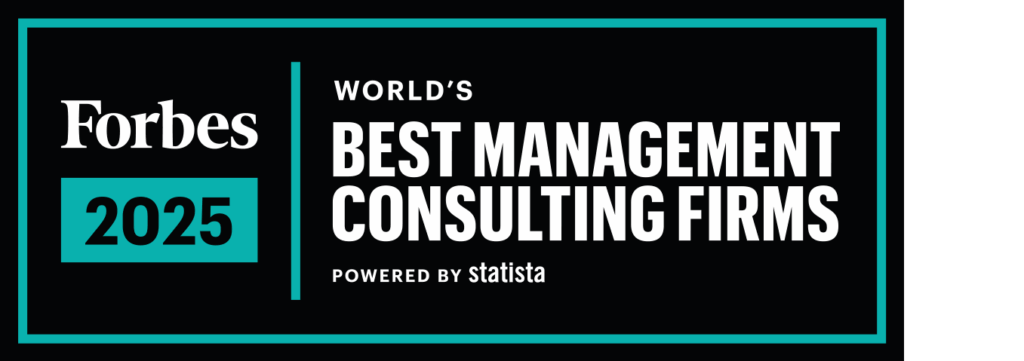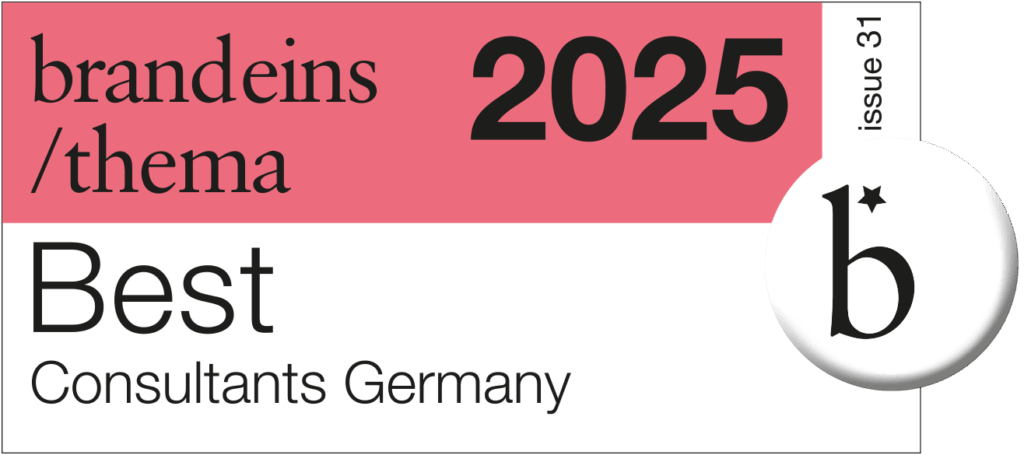Risk management
Find out how you can use well-planned risk management to optimize your purchasing in times of volatile commodity markets and economic market uncertainties in order to counteract supply bottlenecks.
In purchasing, we have to deal with "normal" procurement costs on the one hand and risk costs on the other, which are more difficult to budget for than pure procurement costs. In most cases, we only react to the occurrence of risks where costs have already been incurred, instead of acting proactively and establishing systematic risk management in procurement.


Sustainable procurement strategies and long-term supply contracts
In order to avoid obvious risks, companies often choose sustainable procurement strategies, whereby several equivalent suppliers are engaged for materials, parts and services.
If this fails, companies rely on single-source suppliers with whom they enter into long-term supply contracts. This ensures a secure supply even in the event of unexpected bottlenecks and avoids short-term price increases. As the supply chain is broadly diversified, the risks are manageable.
Nevertheless, business interruptions, including interruptions in the supply chain, are a high business risk. This is reflected in the Allianz Risk Barometer with a value of 37% in 2017.
Three risky trends
The importance of purchasing in the transformation of industrial production
Due to the reduction in vertical integration in many industries and companies, purchasing is becoming increasingly important and dependencies due to loss of know-how are growing.
Global procurement and its impact on supply chains
Access to global procurement markets is leading to the development of delicate, sensitive global supply chains.
Tightly synchronized logistics and increasing supply risks
In order to reduce the amount of capital tied up, inventories are optimized, which, however, increasingly leads to supply risks due to tightly synchronized value chains.
PURCHASING RISKS SAFELY UNDER CONTROL

ISO standard 31000 - Structured risk management
Two risk groups in purchasing: operational and strategic risks
In the area of operational risks, the issue of "quality problems" with suppliers is at the top of the list. In order to minimize risks and thus also rectification costs, suppliers must be checked and selected by the purchasing department with regard to process stability. A functioning and therefore pragmatic and institutional quality assurance system, in which the individual process steps are clearly defined and assigned responsibilities, is another risk-minimizing factor.
Currency risks and rising commodity and energy prices have a direct impact on companies' assessment of strategic risks.
Economic market uncertainties represent the greatest strategic risk potential for companies. However, this is a snapshot in time. In the future, the risks of "dependency through single sourcing" and "supplier insolvencies" are seen as constant companions. A structured supplier risk management system is therefore becoming increasingly essential for buyers in order to effectively protect the company from negative effects.

Would you like to know more about risk management or do you have other questions about KLOEPFEL Consulting?
Assess risks
Most risks can be assessed, proactively dealt with and constantly monitored with the help of strategic supplier management. Potentials and risks must be assessed and taken into account when making decisions. The likelihood of a risk occurring depends on the company's risk strategy, which is essential for purchasing. Risk awareness in strategic purchasing and operational procurement can be increased through training.
In procurement, the recognized methods and tools for identifying potential can also be used to assess risks. Kraljic developed a two-dimensional portfolio analysis to identify risks in procurement, as the ABC analysis according to Pareto only focuses on assessing the importance of a supplier. In general, the risk matrix is the elementary tool for evaluating risks. This allows relevant risks to be classified according to probability of occurrence and damage potential.
Little effort in day-to-day business
The need for functional risk management in purchasing is therefore very high.
Kloepfel Consulting supports its customers with the necessary know-how, organizational skills and, above all, the time that is often lacking in a purchasing department to set up a holistic risk management system. In order to establish this successfully, clearly defined processes and responsibilities or links between different functions are required.
Once a risk management system has been implemented in the company, the "additional" effort in day-to-day business is low. However, the costs that could be caused, for example, by the sudden insolvency of a supplier are significantly higher than the costs of implementing and operating a well-founded supplier risk management system.
It is important to us that the intensification of the risk situation does not lead to a general strategy of minimizing risk while at the same time excluding opportunities. Entrepreneurial activity is inextricably linked to risks and it is only by taking risks that companies can grow.
Side effect rating optimization
What is often underestimated: In addition to quantitative creditworthiness criteria such as balance sheet ratios, banks always base their lending decisions to a certain extent on qualitative factors. These include, among other things, the company's efforts to establish a risk management system. A stress test in purchasing can therefore be a good starting point for discussing the possibilities of rating optimization with the house bank.






